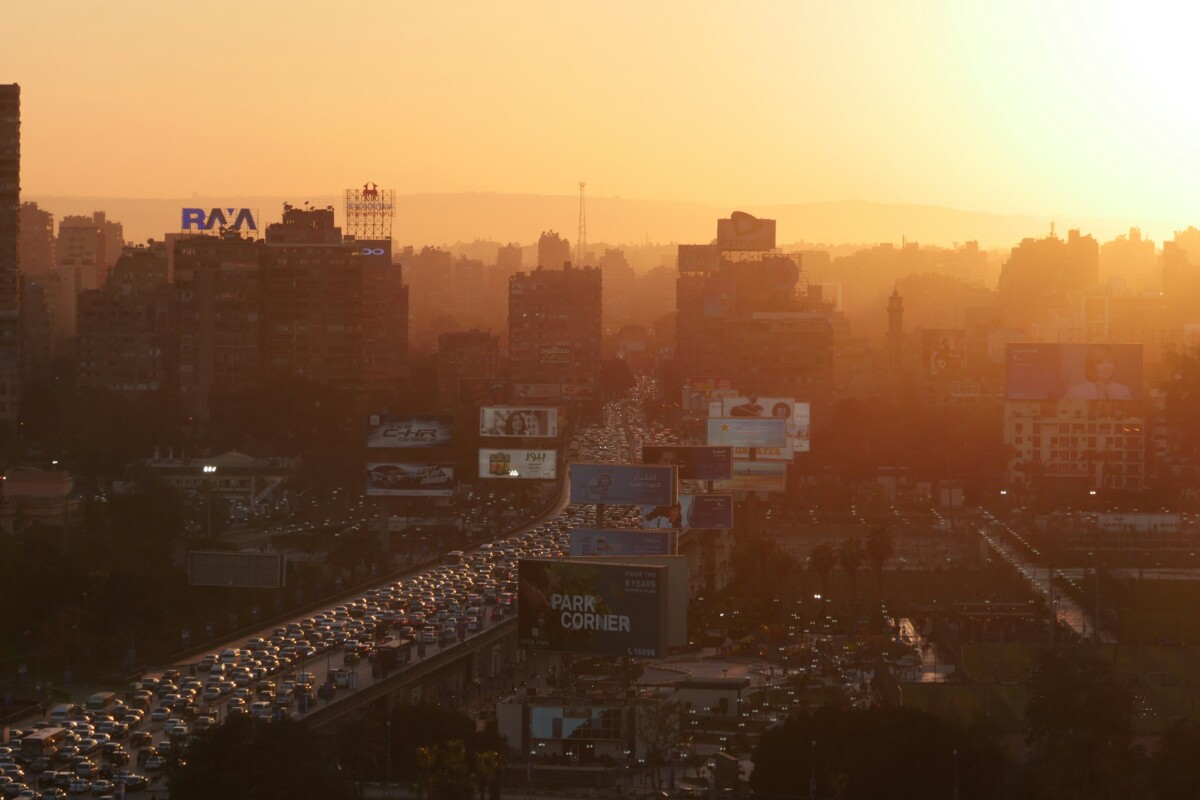Egypt: Protection of Women and Children from Impacts of Lead Poisoning

CEOSS
Background
Recent analyses suggest that Egypt has an extremely high prevalence of childhood lead poisoning. Estimates from the largest global epidemiological analysis (the Global Burden of Disease study conducted by the Institute for Health Metrics and Evaluation) suggest that 25 million Egyptian children have a blood
lead level (BLL) above 5 micrograms per deciliter (μg/dL), a level that the World Health Organization recognizes as causing permanent brain damage and uses as a threshold to recommend intervention. The study suggests that Egypt has the sixth largest population of lead-poisoned children, with an average childhood BLL of 6.64 μg/dL. However, a 2021 analysis of 11 prior studies suggests an average of 8.24 μg/dL, while a 2016 analysis of 400 children in Cairo found an average BLL of 10.7 μg/dL. Childhood BLLs are highest in industrial areas, followed by urban, then suburban.
Phase 1 -Preparatory Phase for Design and Implementation of Blood Lead Level and Source Analysis Survey in Egypt
In Egypt on the Blood Lead Levels and Source Analysis surveys, especially for the categories of children and pregnant women, with support from Pure Earth and to inform subsequent advocacy activities for the inclusion of lead poisoning management in the Health Service Packages if results show this is necessary.
Given that the issue of lead poisoning is not well known in Egypt, to be able to carry out these surveys and reach the required data, a consortium needs to be formed and led by a trusted and experienced Egyptian NGO, in partnership with various concerned institutions with the issue of lead poisoning.
CEOSS, being a well-known, distinguished, credible, and learning NGO that has been working to serve the marginalized Egyptian communities and categories since the 1950s, is willing to adopt this role of forming and leading the consortium, especially with the expectation of high lead pollution in Egypt, especially in poor and marginalized areas where environmental and health awareness is quite limited; and poverty leads families to send their children to work in jobs that might be lead hazardous; or to utilize food substances and household materials that are of poor quality and with high probability of lead contamination. To form the consortium that will carry out Phases 2 and 3 of the project, the preparatory phase must involve various awareness raising and capacity building activities in order to equip the target groups and the consortium members to carry out their roles. Awareness raising and capacity building with take place in several parallel tracks:
- Concerned institutions (governmental, civil, and private)
- Medical calibers
- Target groups and communities, including children, pregnant women, and families
- Concerned CEOSS staff
The project will be implemented as a pilot in 3 marginalized communities in 3 governorates in Greater Cairo (Cairo, Qalyoubia, and Giza). Community mapping will take place in the target communities to determine the locations, professions, and categories that are most at the risk of lead poisoning. Hence, the target groups will be selected. Community resilience committees will be formed at community level with representatives from various stakeholders in the communities (governmental institutions, health units, CBOs, etc.). Then a consortium at project level is to be formed with representatives from the community resilience committees, CEOSS staff, Pure Earth staff, research centers, universities, etc. to implement the project’s second phase interventions, namely BLL survey and source analysis.
